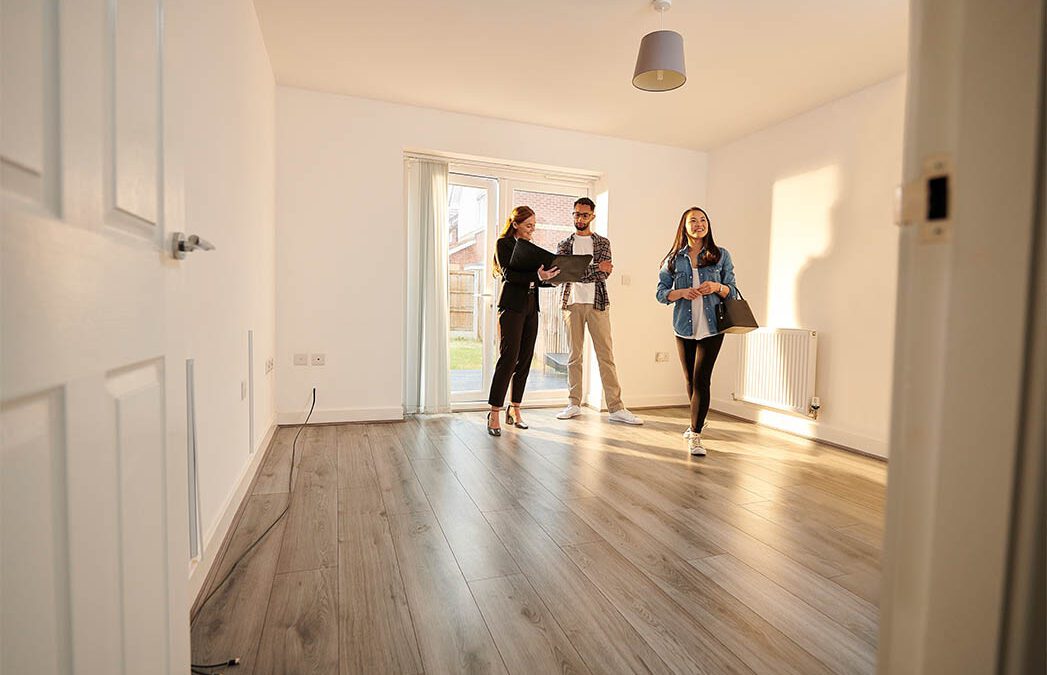Fannie Mae’s Economic and Strategic Research Group recently published a new report in conjunction with University of Southern California researchers in regards to generational housing. According to the report, as baby boomers exit their owner-occupied homes there could be a “void” looming in housing too big for younger generations to fill. “The beginning of a mass homeownership exodus looms on the horizon,” observed one team member. He added, “[This is] fueling fears of a ‘generational housing bubble’ in which homeownership demand from younger generations is insufficient to fill the void left by multitudes of departing older owners.
Housing Numbers Indicate Potential for Trouble
The researchers found that between 2006 and 2016, 9.2 million Americans turned 65 (or older) and also transitioned out of homeownership. They predict another 11 million or more will do the same by 2026. By 2036, more than 13 million more older Americans will have done the same. “The number of older homeowners ‘at risk’ of attrition due to advancing age will balloon as the large baby boomer generation moves full-force into the 65-and-older group where homeowner retention rates drop substantially,” the two wrote.
In another study from researchers working at the Stephen S. Fuller Institute at George Mason University, researchers examined a much smaller market and drew similar conclusions to the those of the Fannie Mae researchers. This study focused primarily on the Washington D.C. market. This group wrote, “The significant number of older homeowners in relatively large homes may portend a baby boomer ‘sell-off’ in the D.C. region and elsewhere in the U.S.” The group added longtime owners “may have difficulty attaining the price gains they witnessed in their neighborhoods during recent years.”
Possible Solutions Lie in Home Improvement, Immigration & “Sustainable Financing”
Both groups of researchers emphasized that 10 years is too far away to predict pricing trends, but noted there are several ways to attempt to insulate the housing market from a boomer-related bust:
- Creating assistance programs to help seniors age in place.
These could include programs to help seniors access home equity and upgrade their homes, so they can age in place. - Offer first-time buyers “sustainable” financing options.
This might include different types of qualifying mortgage (QM) requirements or down payment assistance programs. - Adjust immigration policy to create more potential homeowners.
Advocates for this tactic suggest that creating more legal households would increase the number of potential owner-occupants in the market.























0 Comments